Choose park
Check in
Check out
Guests
Check in/out
Guests
Search
With Pride month in full swing, it's a time to celebrate the diversity, strength, and resilience of the LGBTQ+ community.
23 May 2024

One of the most vibrant ways to do this is by showcasing and understanding the many pride flags that represent different identities within the community. Each flag carries its own unique symbolism and history, reflecting the rich tapestry of experiences and identities in the LGBTQ+ spectrum. Let’s take a closer look at some of these flags and what they stand for.
The Rainbow Flag is perhaps the most recognized symbol of LGBTQ+ pride. The modern version includes six colours; red for life, orange for healing, yellow for sunlight, green for nature, blue for harmony, and violet for spirit. It represents the diversity and unity of the LGBTQ+ community.

The flag was launched in 2017, designed by a small Philadelphia PR agency. The addition of black and brown stripes to the traditional pride flag meant to symbolise people of colour, who historically were not always included in aspects of the mainstream gay rights movement.

Created by transgender activist Monica Helms in 1999, the Transgender Pride Flag features five horizontal stripes: two light blue, two pink, and one white in the center. The blue stripes represent the traditional color for baby boys, the pink for baby girls, and the white stripe stands for those who are nonbinary, transitioning, or gender-neutral. This flag symbolizes the transgender community and their journey.
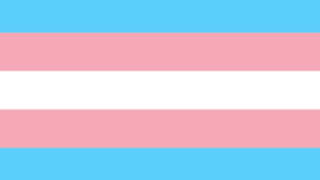
The Bisexual Pride Flag was designed by Michael Page in 1998 to give bisexual people their own symbol comparable to the rainbow flag. It consists of three horizontal stripes: pink, purple, and blue. The pink represents attraction to the same sex, the blue represents attraction to the opposite sex, and the purple signifies attraction to both sexes.
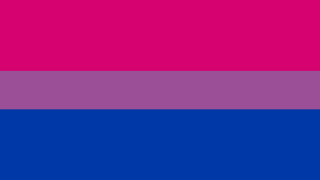
Introduced in 2010, the Pansexual Pride Flag features three horizontal stripes: pink, yellow, and blue. The pink stripe represents attraction to those who identify as female, the blue to those who identify as male, and the yellow to nonbinary and gender nonconforming individuals. This flag highlights the inclusivity and diversity of the pansexual community.
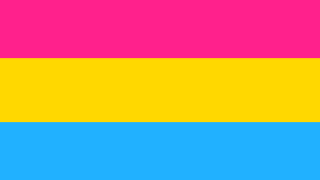
The Asexual Pride Flag was created in 2010 to represent those who identify as asexual. It consists of four horizontal stripes: black, grey, white, and purple. The black stripe represents asexuality, the grey stands for grey-asexuality and demisexuality, the white represents allies, and the purple signifies community.

Designed by Kye Rowan in 2014, the Nonbinary Pride Flag includes four horizontal stripes: yellow, white, purple, and black. The yellow stripe represents those whose gender exists outside the binary, the white for those with many or all genders, the purple for those who identify as a mix of male and female, and the black for those who identify as agender.
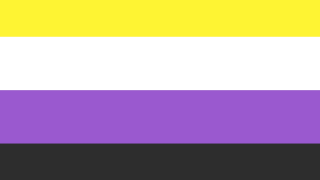
Created by Marilyn Roxie in 2011, the Genderqueer Pride Flag consists of three horizontal stripes: lavender, white, and green. The lavender stripe represents androgyny and queerness, the white stands for agender identity, and the green signifies those whose identities are outside the gender binary.

Designed by Morgan Carpenter in 2013, the Intersex Pride Flag features a yellow background with a purple circle in the center. The yellow and purple were chosen as they are considered gender-neutral colors. The circle represents wholeness and completeness, reflecting the intersex community’s fight for bodily autonomy and integrity.

The most widely accepted Lesbian Pride Flag consists of seven horizontal stripes in shades of orange, white, and pink. The orange shades represent gender nonconformity and independence, the white represents unique relationships to womanhood, and the pink shades symbolize serenity and peace.
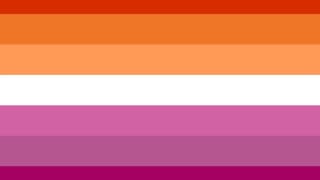
Designed by Daniel Quasar in 2018, the Progress Pride Flag incorporates the traditional rainbow colors along with additional stripes to include marginalized communities of color, trans individuals, and those living with or lost to HIV/AIDS.
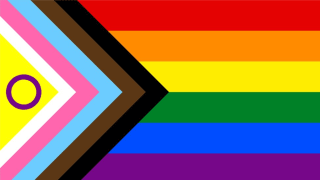
Pride flags are more than just colorful banners; they are powerful symbols of identity, solidarity, and pride. Each flag tells a story and provides visibility to the various identities within the LGBTQ+ community. This Pride Month, let's celebrate by learning about these flags and the diverse individuals they represent.
Whilst you wait... just think about being in your swimmers, the sun's out and the smiles are big
Enter your details to make a payment or request a change
Don't remember your details? Check your confirmation email, or speak to our team
Are you an owner with us? Click here to login